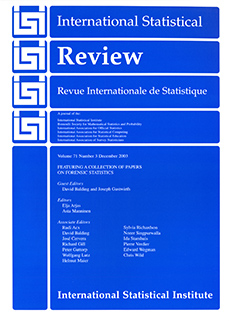Abstract
Among the different sources of uncertainty in population forecasting, uncertain changes in the structure of heterogeneous populations have received little attention so far, although they can have significant impacts. Here we focus on the effect of changes in the educational composition of the population on the overall fertility of the population in the presence of strong fertility differentials by education. With data from India we show that alternative paths of future female enrolment in education result in significantly different total fertility rates (TFR) for the country over the coming decades, even assuming identical fertility trends within each education group. These results from multi-state population projections by education are then translated into a fully probabilistic population projection for India in which the results of alternative education scenarios are assumed to expand the uncertainty range of the future TFR in the total population.
This first attempt to endogenize structural change with respect to education-which is the greatest measurable source of fertility heterogeneity in Asia-has resulted from a larger exercise of the Asian MetaCentre for Population and Sustainable Development Analysis to collect empirical information, scientific arguments as well as informed opinions about likely future population trends in Asia from a large number of population experts in the region. In this process, future changes in the educational composition of the population have been identified as a key driver of future fertility.
The actual probabilistic population projections for India show that with high certainty, the Indian population will continue to grow to about 1.3 billion over the next quarter of a century. After that the uncertainty will get much wider, ranging from a continued strong increase to the beginning of a population decline in India.
Citation
Wolfgang Lutz. Sergei Scherbov. "Probabilistic Population Projections for India with Explicit Consideration of the Education- Fertility Link." Internat. Statist. Rev. 72 (1) 81 - 92, April 2004.
Information




